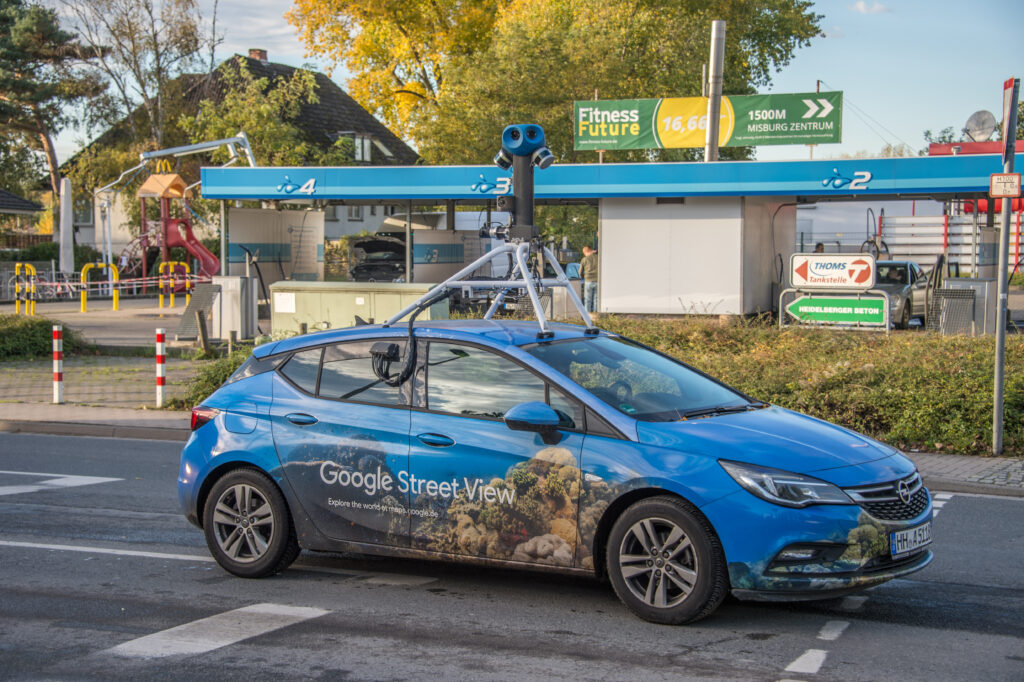A couple splits up, her lover is discovered by him, and the man is killed by his rival in love with the help of the woman. It sounds like the classic plot of a film, but it is what really happened on the Cuba-Spain axis, with the murder of a man about whom nothing was known for some time. The crime took place in the village of Tajueco, a small community in the province of Soria, in Castilla y Leon, a region in the northwest of Spain.
After a year of investigation, the authorities had still not managed to get to the bottom of the case, which was solved thanks to Google Street View. The tool, an integral part of Google Maps, allows you to viewa places of interest, museums and galleries directly on your device, offering a 360-degree perspective. Thanks to the images obtained via Google Cars, cars that mount cameras capture every angle of the streets.
Photographing at the right time
To take part in solving such a criminal case, Street View’s virtual eyes need to capture a decisive moment when a topical event takes place. This is what happened on the narrow streets of Tajueco, a town with just over 100 inhabitants, where a Big G machine captured the moment when the aforementioned lover deposited a large white envelope, resembling a corpse wrapped in sheets, in the boot of a parked car. As if this were not enough, Street View photographed the same person carrying the same load in a wheelbarrow.
These two images proved decisive in giving a breakthrough to the case, which had been stuck for some time after being opened following the testimony of a cousin of the victim, who had reported him missing and received suspicious messages in which the relative wrote that he would change his phone number. Thanks to the two photos, the Spanish authorities traced the body of the murdered man at the cemetery of Andaluz, 20 km away from the place photographed by the Google car.
While it is a good thing that a technological tool helped solve a murder case, it is curious to note that the perpetrator, who was arrested together with the victim’s ex-wife, was not only reckless but also quite unlucky to be immortalised at the very moment when he was carrying out the operations to hide the corpse of his love rival.
It must be considered, however, that this is not the first and will not be the last police investigation solved by technology and, more specifically, by Google Street View, which has now mapped almost every street in the world.


Google Street View
Just a few weeks ago was the latest case, when a Mafia boss who had escaped from Rome’s Rebibbia prison in 2002 was arrested in Spain thanks to the photos released by Google Maps. It was a success because the images enabled the cops to put an end to 20-year absconding, leaving the mafioso bewildered, who, to avoid leaving traces, had never phoned his family in the last 10 years.
In 2010, however, even though Google’s technology had not yet been perfected to its current level, Street View was instrumental in capturing three drug dealers photographed in the streets of Brooklyn as they threw bags containing drugs from their cars.
Three years after the robbery of a house in Oklahoma City, after holding the owner hostage, two robbers were arrested thanks to the similarities between their sketches and the images captured by Street View, in which the two bandits were filmed shortly before committing the robbery.
In short, Google Street View can be defined as a precious arrow in the bow of police officers, who, thanks to technological evolution, can count on a wider and more effective range of solutions to unravel complicated cases and, even more so, solve investigations that have been blocked for years.



